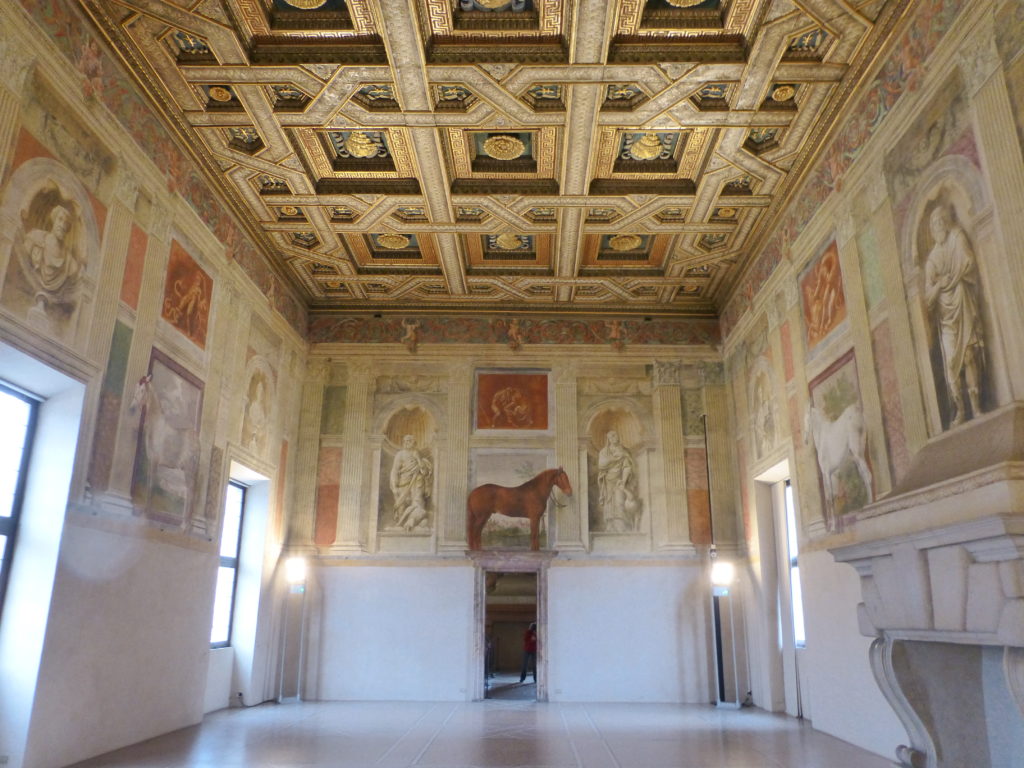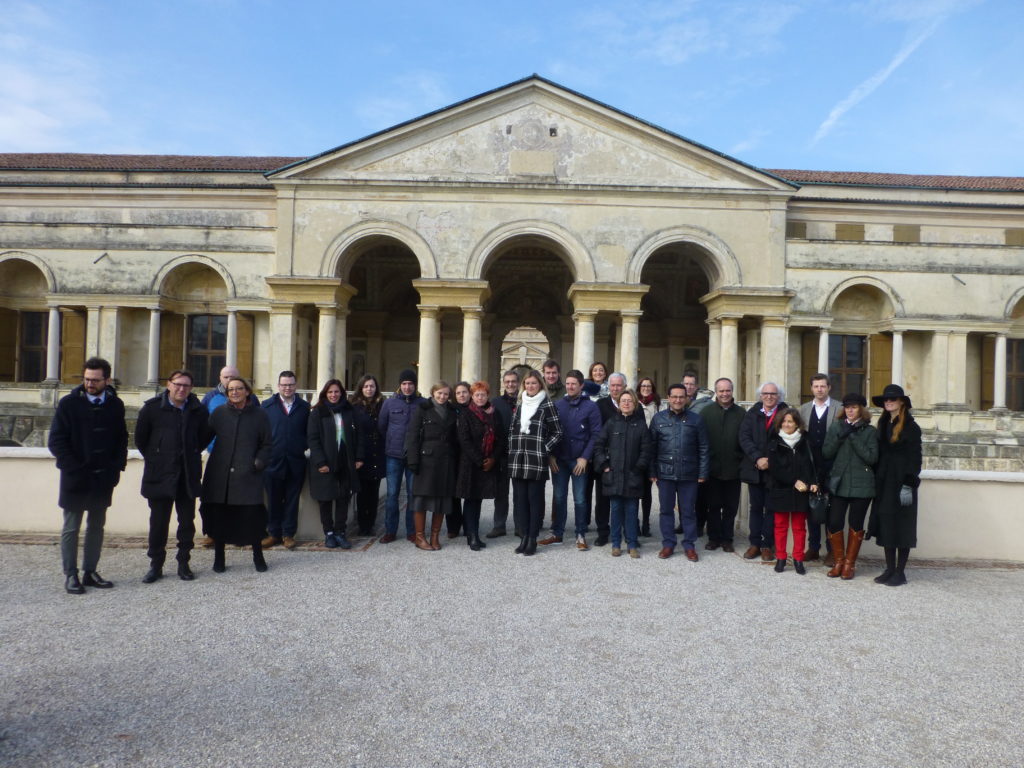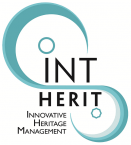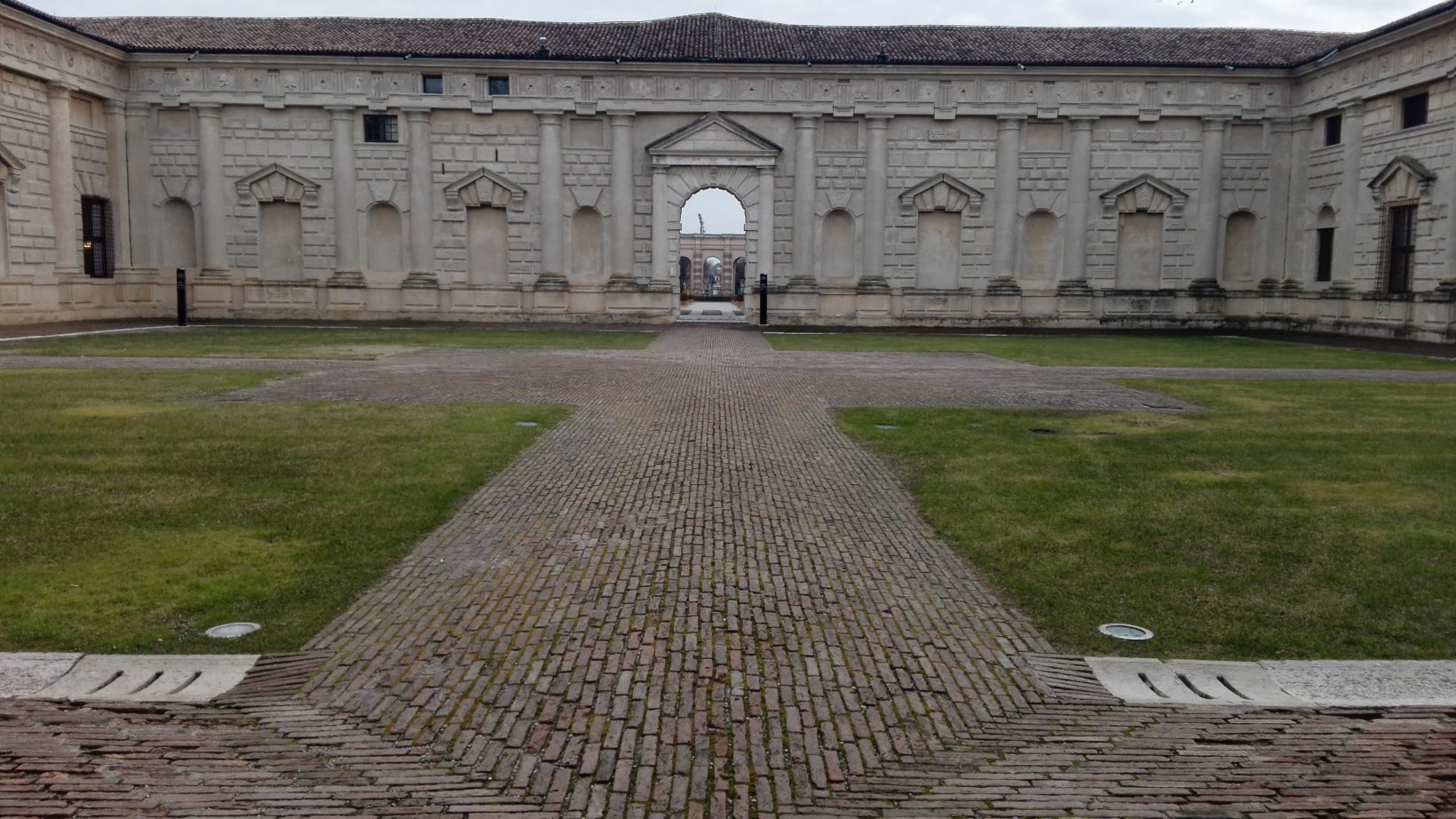Summary
On the 9th of May 2018 the public body “Associazione Centro Internazionale d’Arte e di Cultura di Palazzo Te” has become a private foundation, “Fondazione Palazzo Te”. Through this change a public private partnership was de facto established between the Municipality, owning the palace, and the foundation managing it. Thanks to this governance shift, the management of the pole will become more sustainable for the Municipality. The palace at the moment is undergoing some important restoration work, that will make it more welcoming to visitors and at the same time give new functions to some of the areas, that will be opened to the public for free, or have new business-related activities and host new cultural exhibitions and activities.
Solutions offered:
The project concerning Palazzo Te complex offers a variety of solutions, starting from the restoration works that will renovate the spaces, giving the palace new functions, enhancing and making the pole more welcoming and attractive for visitors and citizens. The creation of a public private collaboration, between the Municipality and the foundation, has made the management of the complex more sustainable and it will ease the burden for the public administration for the following years. The creation of the public private collaboration, based on a multidisciplinary and holistic methodology of the governance and management process of the city, has also encouraged a participatory approach to this action, bringing together citizens, cultural operators and authorities.

Building on the sustainable and integrated approach:
Sustainability in the middle and long term was at the base of the process that resulted in the creation of a public private partnership to manage the structure. As a matter of facts one of the restoration intervention aims at transforming one of the spaces into a bar/bookshop, that could be used by visitors and also citizens, as the area will be opened to the general public, not being part of the museum area anymore. The new business will generate job opportunities, guaranteeing an additional income to the foundation, resulting in a more sustainable model of governance which will reduce the costs for the administration.
Based on a participatory approach:
During the ULG meetings local stakeholders were involved by the Municipality to follow the transition process from public to private subject, finding innovative solutions for the use of spaces. The meetings served as a way to keep updated the Municipality on the change in the management structure of the cultural pole, while the participation of other stakeholders served to promote possible cooperation, animating the spaces with different cultural events. As a matter of facts, one of the restoration interventions aims at transforming the “Fruttiere” into a multi-purpose cultural space that will be used for the cultural productions of the new-born foundation, but mainly by the cultural operators that organise festivals and events in town.
What difference has it made? How did the result indicator shift?
The creation of a public/private collaboration in order to restore and manage the monuments has eased the Municipality both on the administrative and economic aspects, fostering also the civic participation in such a strategic action for the town. So, the action created one new public private partnership in the cultural sector. The restoration works will give back the community at least one space for cultural activities, and at least one new related business activity. It’s still too soon to ascertain the impacts of the action on tourism. The foundation will also be responsible for the design of new cultural productions, high specialisation schools and art shows, as well as opening some of the spaces to the public, making the pole more welcoming for citizens. The Complex will also host a library and study areas for students.

Why should other EU cities use it?
Other EU cities should use this kind of approach as it could give them the opportunity to preserve and restore part of their cultural heritage while avoiding the risk of selling invaluable monuments. The strategy used by the foundation include the opening of part of the museum to the public for free, giving new functions to the spaces that will make the pole more attractive and welcoming for tourists, but mainly for citizens, giving back to the city part of its tradition and cultural heritage. Through this strategy the costs, both economic and of Human Resources, for the public administration will be reduced, while the object of the action remains of public domain with all the advantages for the city related to this aspect.
Key Facts and Figures:
Start and end dates of case example
2016 – 21
Date of preparation of this case example
20/10/18
Prepared by:
Emanuele Salmin
Budget
€ 2.500.000
Extra information and hyperlinks

